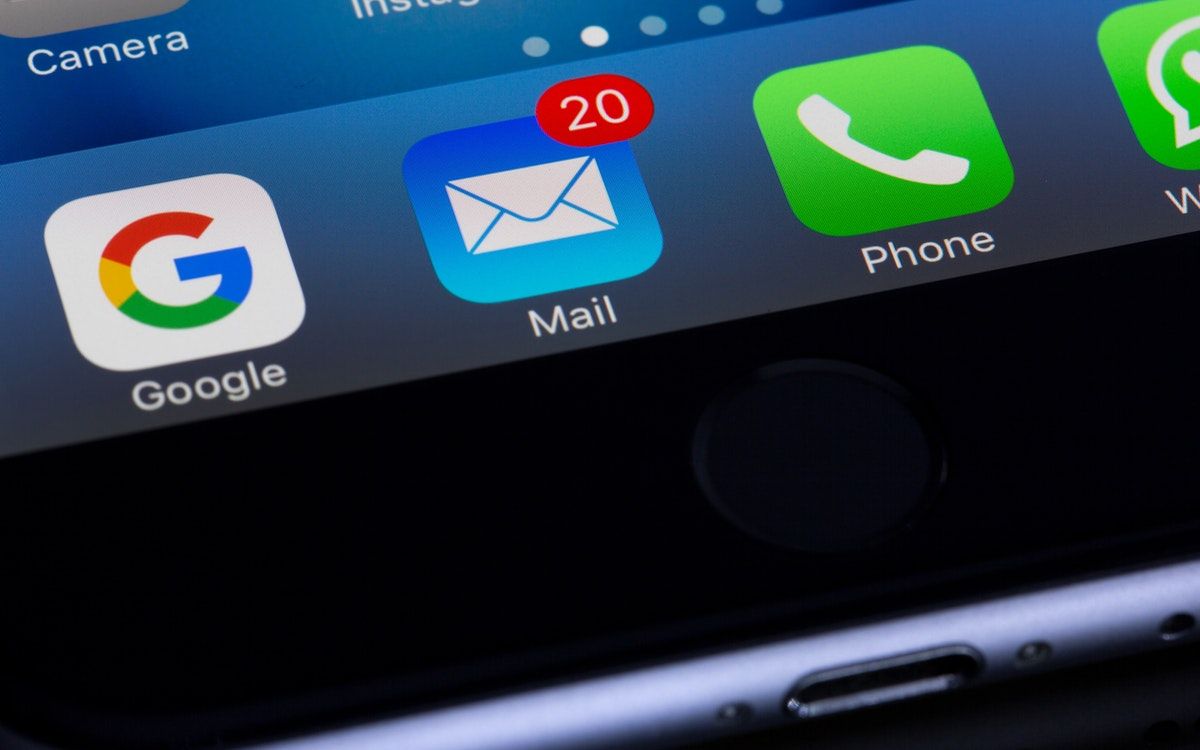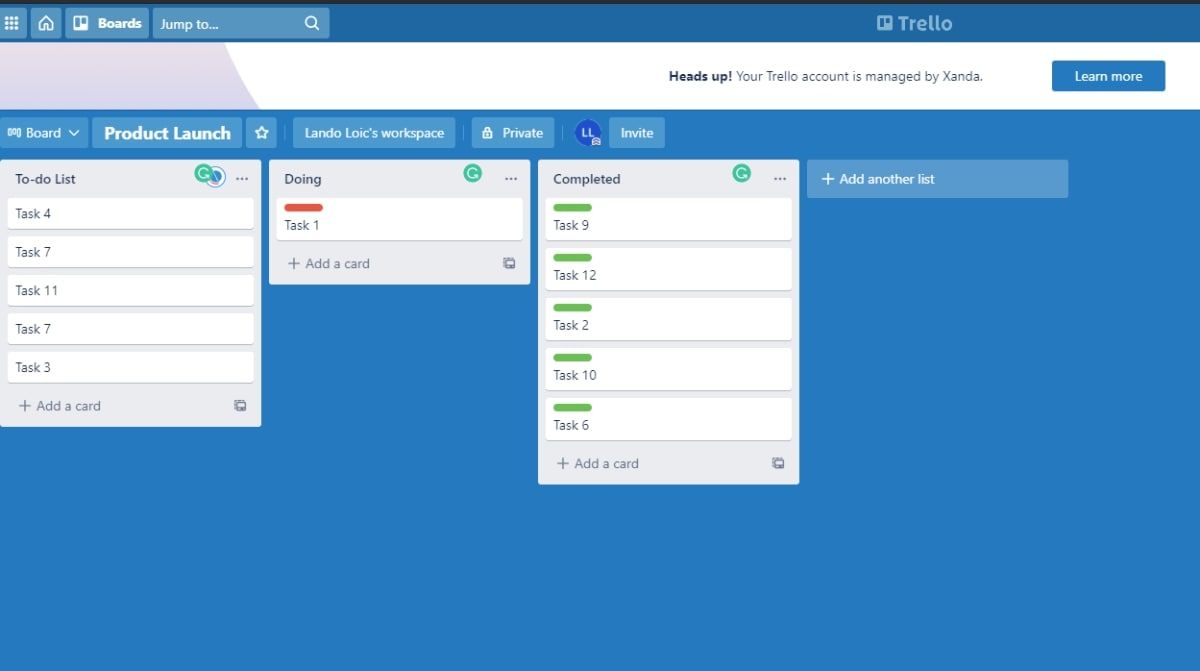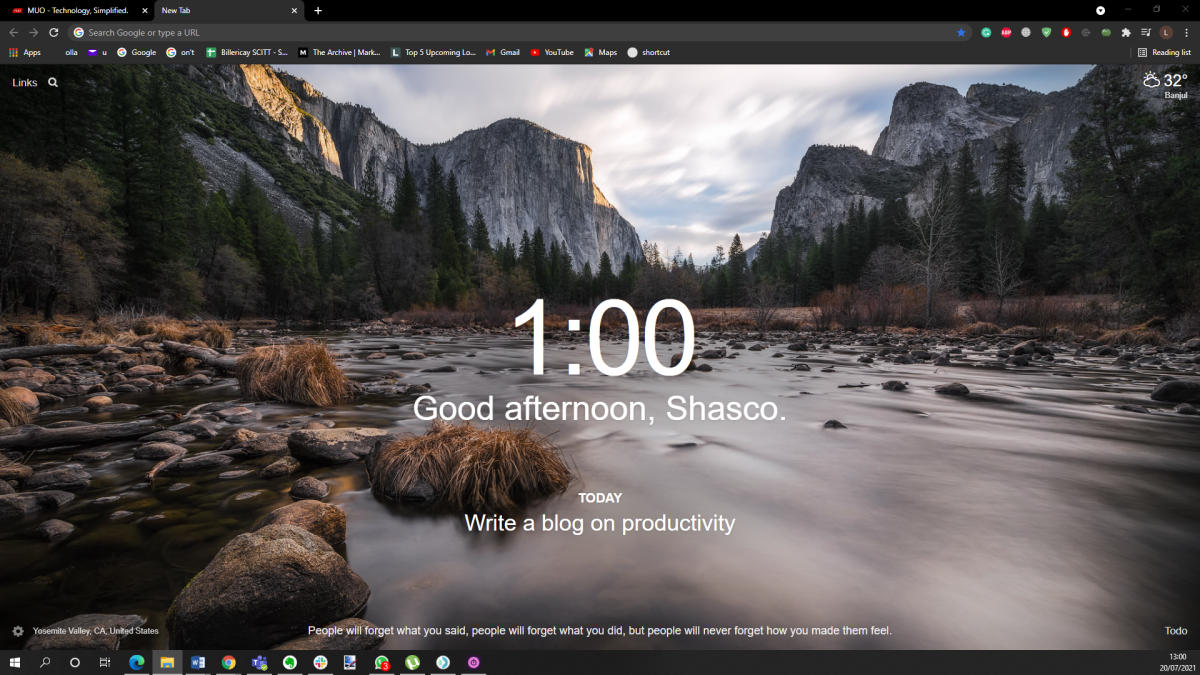On the surface, it feels like multitasking is the ultimate productivity hack when considering all the personal goals you wish to achieve, unending work demands, digital distractions, and the pandemic-induced work-life imbalance.
However, a deeper dive into this practice leads to a different conclusion.
The Drawbacks of Multitasking

You only have so much energy, attention, and time—the essential elements of productivity. As a result of multitasking, one of the major disadvantages is that you are only partially committed to the different activities you are concentrating on simultaneously.
The result is a mirage that tricks you into thinking that you are more efficient because you make little progress on multiple fronts, leading to a flawed perception of success.
But the reality is that multitasking allows you to focus on wrong priorities, inhibits creativity, increases stress levels and distractibility, leads to more mistakes, burnout, and memory impairment, etc., making you less productive as a result. And there is plenty of research to back this claim.
So, what's the alternative?
By now, you've probably guessed that the alternative is single-tasking, in which you focus on one task at a time. As the term implies, it means devoting all your attention to a task. This practice allows you to save time wasted when juggling between activities, boosts creativity, increases your likelihood of completing your priorities, cuts out distractions, etc.
But, chances are, you already know that single-tasking can improve your productivity. Yet, like many other things in life, there is often a wide gap between what we know we should do (single-tasking) and what we end up doing (multitasking).
To close the gap, let's deviate a little from the whats and focus on how to improve your ability to concentrate on one thing at a time and increase your productivity at the same time:
1. Use the Pomodoro Method

The Pomodoro method is an effective time management technique that can improve your productivity by helping you focus on one task. It is straightforward to implement and requires minimal setup. You can try these free open-source Pomodoro apps.
To start using the Pomodoro method, set your timer for 25 minutes to focus on one task, and take a 5-minute break to relax, or do anything that is not related to your task like playing a game or texting a friend. You have just concluded one Pomodoro session. You can take a more extended break after four or five Pomodoros.
This method is effective because it helps you cut down distractions, plan your day effectively, enjoy a feeling of accomplishment after each Pomodoro session, and boost concentration through shorter bursts of work.
2. Create Automated Systems

You might often struggle to single-task because there are so many recurrent activities you need to do on a day-to-day basis, like responding to emails or publishing social media posts. Thankfully, there are several ways automation can help you handle those redundant tasks and focus on your priorities.
For example, you can use these android apps to set up automatic replies to emails, phone calls, text messages, etc. You can also use automation platforms like IFTTT to connect different digital tools and create automated systems.
3. Batch Your Shallow Tasks

Have you ever found yourself starting an important and complex task, only to realize that you are doing something completely unrelated a few minutes later? Let's say you want to write a blog on “How to Start a Business”. You start doing your research on the topic, and you receive an email asking if you are available for a conference on global warming next week.
You choose to respond immediately as it will only take a few minutes, but you click on a YouTube link on deforestation attached to the email. Then YouTube's algorithms suggest you watch a movie's trailer related to the topic, and next thing you know, you are watching the complete show on Netflix. Sounds familiar?
So, how do you avoid this? By planning your day and categorizing similar activities together to avoid task-switching. This allows you to handle similar shallow or low-value work simultaneously, rather than sporadically throughout your workday.
For example, you can allocate time to sort through emails, schedule meetings on your calendar, and respond to notifications. You could batch all these low-value tasks for low-energy parts of your day.
4. Use a Personal Kanban

You can ensure that you only work on one task at a time by creating your personal Kanban system. You could use a board and sticky notes, or download a kanban inspired app like Trello.
Once you have logged into your Trello account, create three columns titled—to do, doing, and completed. Write down all the tasks you want to work on in order of priority. Take the most important task and move it to the doing column to start working on it.
For this technique to work, you only need to make sure that there are only one or two tasks on your doing column at any given time. This will help you to avoid starting too many tasks at once.
Download: Trello for Android | iOS (Free, premium version available)
Related: How to Manage Your Tasks Using the Japanese Kanban Technique
5. Practice Single-Tabbing

You may have many tabs open on your screen right now. These days, it feels impossible to keep your browsing sessions to one tab. It's so easy to get distracted while browsing the web because it's riddled with distractions.
Practicing single-tabbing is an effective method to help you focus on a task. However, we bet you might need some help to start. You can use an extension like xTab to limit the number of tabs you open.
You can also use Momentum to enjoy its beautiful background image, your preset area of focus (or any other reminder), and an inspiring quote.
Find Greater Productivity in Single-Tasking
By single-tasking, you can almost always be sure that you have handled your most important tasks effectively and efficiently, since you have focused your energy, time, and attention on them as much as possible.
